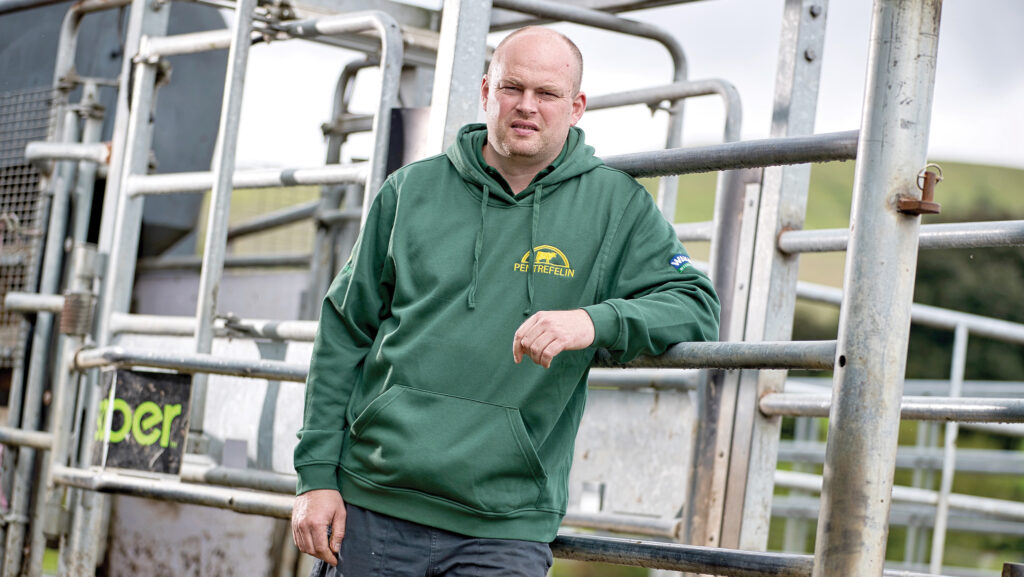Farmer Focus: In-calf heifers blooming as milk price dips
 © Richard Stanton
© Richard Stanton September saw us on a skeleton staff, with the ones left having to do a bit more.
Two have been off hedgecutting, others on annual leave, leaving three of us scanning the milking herd with the vet.
This produced a 9% empty rate and showed a few empty ones that had lost calves in the previous 60 days.
See also: Protein milk test could aid earlier pregnancy diagnosis
This is frustrating, after all the vaccines we give the animals and the attention to detail my brother puts in with cow collars and assisting the AI technician.
We also managed to weigh the herd and they averaged 532kg via the electronic scales.
Bulling heifers scanned better, at 3% empty. They are blooming and are now grazing after third cut and making the most of dry weather.
Grass growth is good, at 50kg/ha a day through most of September, which the cows are enjoying. They have now decided to change down a gear when it comes to moving anywhere.
With the UK having a 5-6% supply increase over the past year, New Zealand output up 15%, and GDP dropping £400/t in some sectors, we will be under some pressure to hold milk prices going into winter.
My suggestion is to embrace yourself on the roller-coaster as we are going down: we have just dropped 2p/litre.
And I’m guessing another influx of herds for sale is going to happen, as the winter fodder shortage is another worry and burden on farmers – I have heard some can already see the back wall of their silage pits.
We have been crunching the numbers on our outgoing single farm payment scheme here in Wales, and our incoming scheme. From what I gather, it’s not aimed at producing food, more growing trees.
This makes me quite uncomfortable when we will be forced to feed the British public with trees if we run out of food (I’m no food guru, but ash tree and chips doesn’t seem as appetising as steak and chips).
To finish off, I would like to congratulate our main milker, Sara, for completing her first Ironman Wales in 15 hours, 20 minutes and 23 seconds: she has well and truly devoted herself to morning milking here, then off for six hours’ training every day, and back to do the afternoon shift five days a week.
Sara Davies: you are an Ironman – and ironwoman. (Just to clarify, I didn’t take part.)

